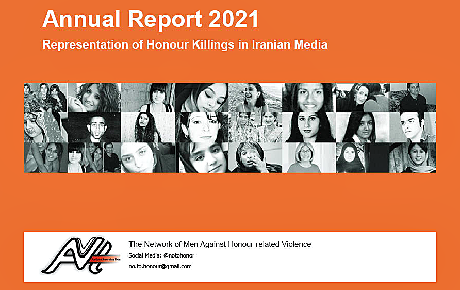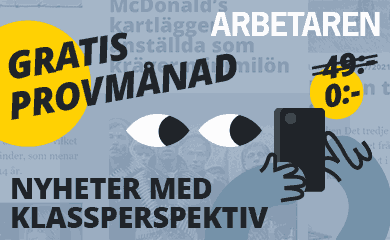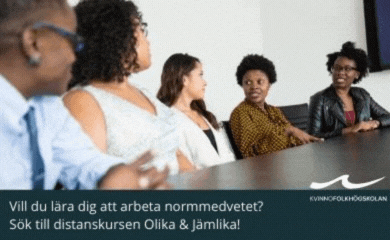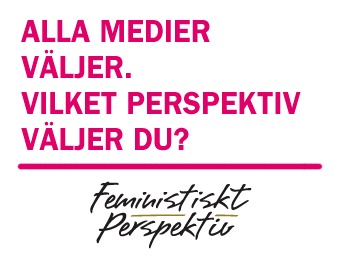In the introduction to this investigative report, honour killing is defined as the most severe form of honour-based violence, in which women are accused of ”disgracing their family honour” or ”breaking the norms of honour”, including having a sexual relationship with the opposite sex, refusing to marry, or having a sexual relationship with men other than their fiancé or husband. The concept of honour killings of queer people is also considered in this report, and it is pointed out that honour killings of queer people may be committed in addition to the above cases due to sexual orientation and gender revelation. In other words, control of sexuality by men is the most important factor in the occurrence of honour-related violence and honour killings that can affect both women and queers.
One of the most significant results of this report notes the very low statistics of media coverage of honour killings in Persian-language media so that in 2020, only 30 cases of honour killings were reported in Persian-language media - both inside and outside Iran. In all these cases, ”honour-related violence” was not mentioned as the motive for the murder, and only in 14 cases was ”honour killing” mentioned as a crime.
In other cases, the media used the terms ”murder”, ”women’s self-immolation”, ”female suicide” and ”family dispute” to describe the murder, while the information provided indicated the motive for the murder was tooted in an honour norm. Explaining the limited media coverage of honour killings in Iran, which also increases public silence about these tragedies, one of the most important hypotheses presented in this investigative report is the imposition of restrictions on journalists, reporters, and human rights activists who focus on social issues including violence against women and violence against children. These restrictions are sometimes applied in the form of official notices in cases related to the news of women committing suicide, and sometimes in the form of arrests, threats, and bans on journalists.
Another result of this report shows that out of 30 cases of honour killings reflected in the Persian language media in 2020, no case of honour killings of queer community has been reported. Only one reported case of the honour killing of a 23-year-old trans man, ”Siavash”, which took place in August 2017 in Khorramabad, has been referred to in the news as ”because of what was called the preservation of honour”.
An important result of this report is the geographically dispersed scope of honour killings in Iran. Contrary to some claims that honour killings are attributed to specific regions of Iran or to a particular ethnic group, the geographical distribution of honour killings according to this report extends to different parts of Iran and it is not reduced to a particular ethnic group or province/city/village. The claim that honour killings are ”ethnic” phenomena and belong to certain ”cultures” can be rooted in discriminatory approaches that label and stigmatize different ethnic groups. However, this report shows that claiming honour killings is linked to a geographical area, specific ethnic groups, or certain religions in Iran is invalid.
Although honour killings may happen to people of all ages, the results of this report show that the main victims of honour killings in Iran are young women between the ages of 14 and 20. It is explained that young women are more likely to challenge the norms of patriarchy, and this further challenge will provoke a reaction from a father, brother, husband, etcetera. A reaction that manifests itself in the form of honour-related violence and in the most severe form of honour killings.
The results of this report show that in most of 30 reported cases the killings were done by the brothers. At the same time, suicides due to honour-related violence were prevalent, especially among women who lived in the ”parents’ house”. One of the important results of this media content analysis shows that some of the murders, which are referred to as suicide or self-immolation of women, were in fact motivated by honour and due to the severity of honour-related violence against women.
According to this report, the way in which Persian-language media cover honour killings or deaths related to honour-related violence in almost 70 percent of cases is insignificant and only limited to copying and republishing the content. And in most cases, the article was very small and only presented as short news. News coverage of these killings has been extensive in only a few cases, including the honour killings of Romina Ashrafi, Reyhaneh Ameri, and Fatemeh Berihi, with further follow-up reports and, in some cases, numerous interviews with experts.
The Network of Men Against Honour-related Violence was formed in November 2020, and the basic purpose of this network is to help raise awareness, promote self-organization, establish independent networks of men and action groups to combat honour violence and prevent the reproduction of a culture of honour (nāmūs) in society. This network has published the first investigative report on the content of Persian-language media on honour killings from an intersectional perspective which is available here in the full version.


























MEST KOMMENTERAT
SENASTE KOMMENTARERNA
Om Var Grupp 8 en feministisk organisation?
Om #bildskolan 21: Att äta Den Andre
Om #bildskolan 21: Att äta Den Andre
Om Porr handlar om betalda övergrepp
Om Nobels fredspris till kampanj för att avskaffa kärnvapen
Om Feministiskt perspektiv öppnar arkivet och startar på nytt!
Om Rödgrönt ointresse för fred och nedrustning borde oroa många
Om Var inte målet att vi skulle jobba mindre?
Om Feministiskt perspektiv öppnar arkivet och startar på nytt!
Om Feministiskt perspektiv öppnar arkivet och startar på nytt!
MEST LÄST